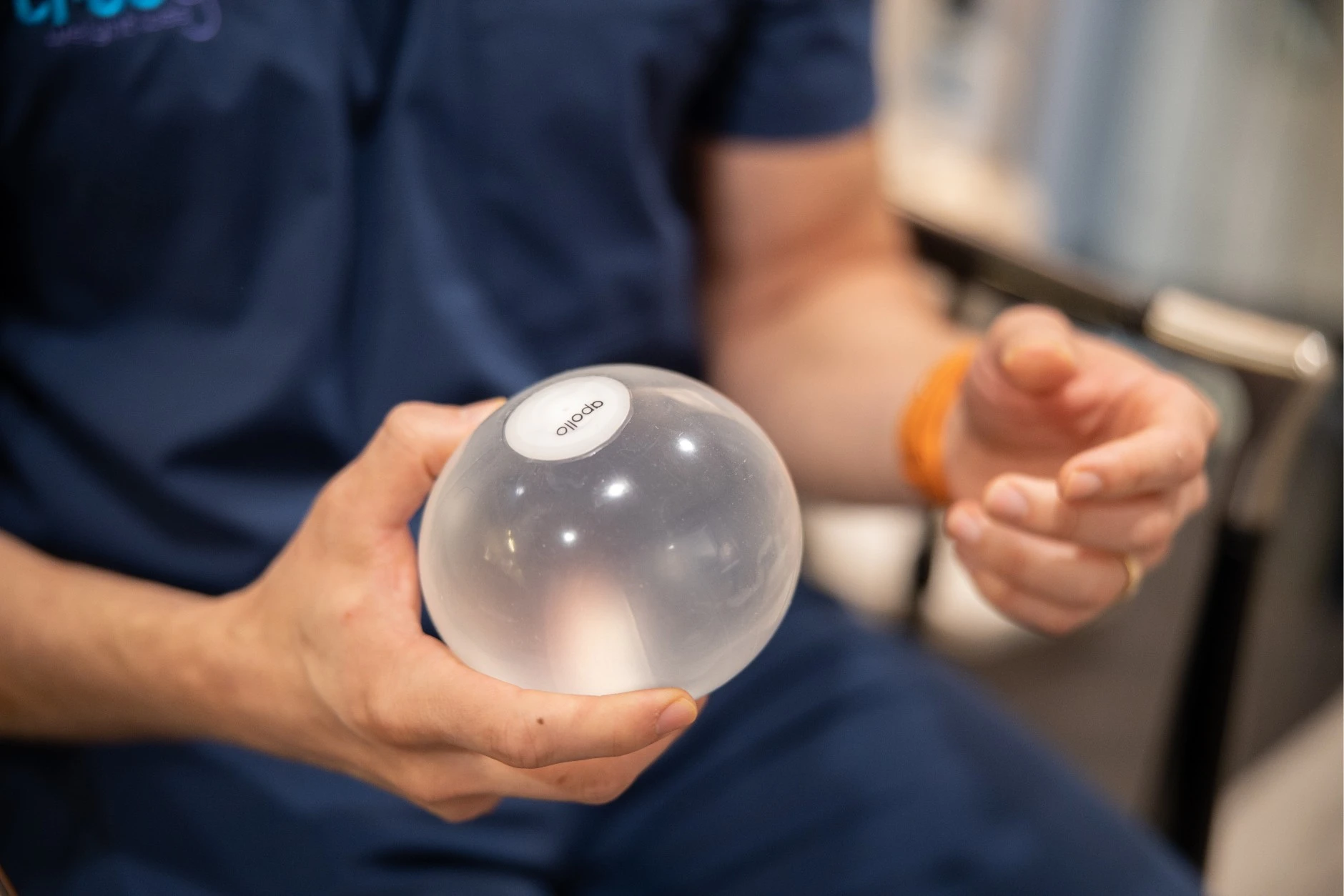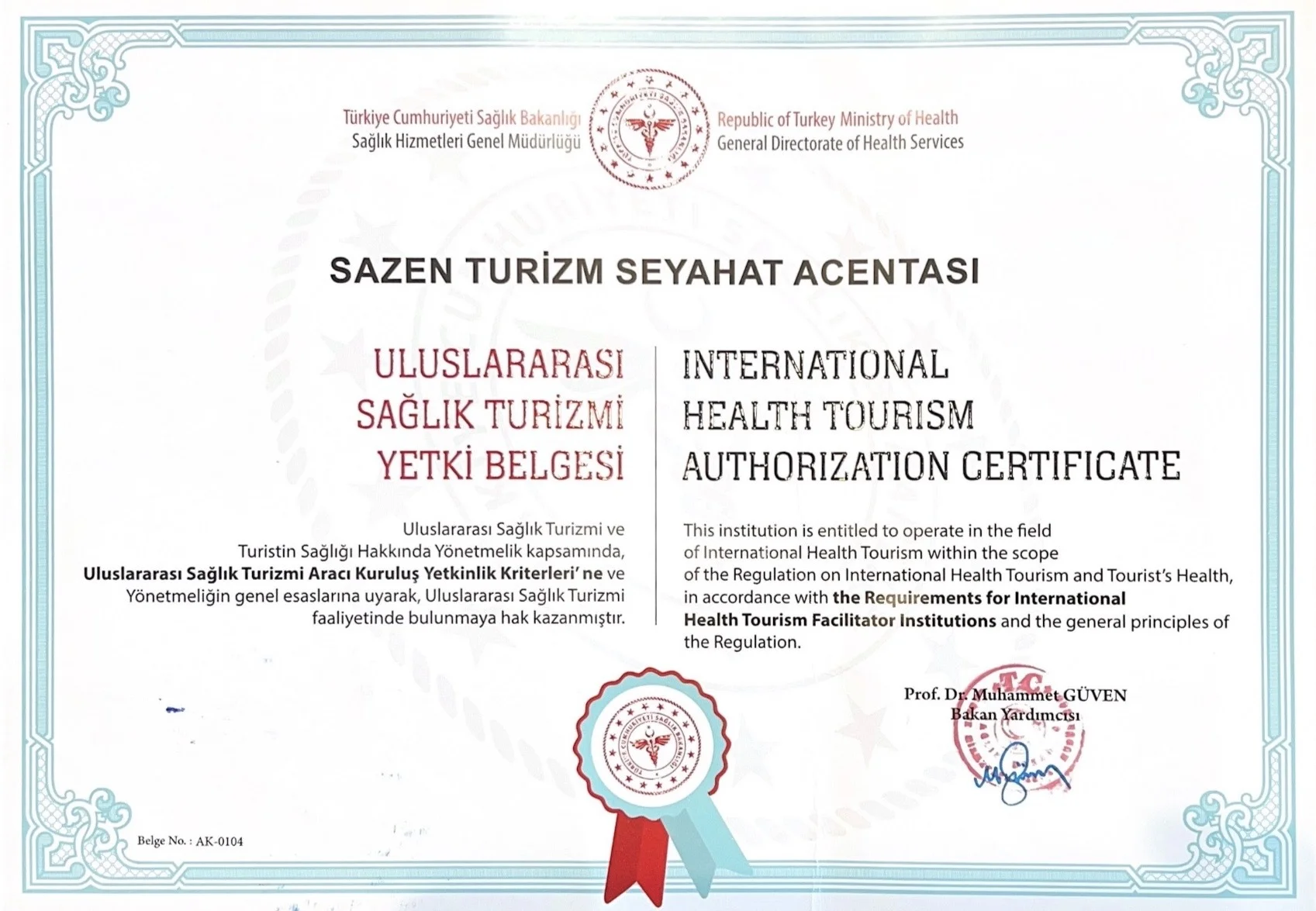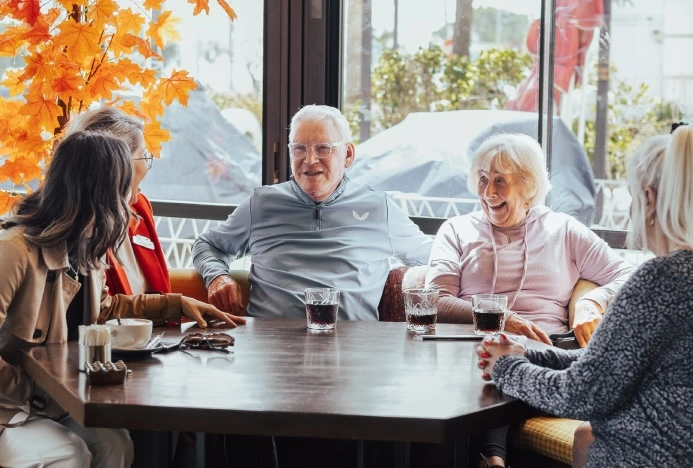The pursuit of effective weight management often leads individuals to explore a diverse array of medical interventions. Among these, the gastric balloon procedure stands out as a non-surgical, temporary solution designed to facilitate significant weight loss. While its popularity may not be as widespread as more permanent surgical options like gastric sleeve or bypass, the gastric balloon remains a viable choice for specific patient profiles. This authoritative guide delves into the nuances of gastric balloon treatment, meticulously examining its common side effects, alongside its undeniable benefits, particularly within the context of seeking medical care in Turkey.
Table of Contents
Turkey has emerged as a preeminent destination for medical tourism, offering advanced healthcare facilities, experienced medical professionals, and highly competitive pricing. For those considering a gastric balloon, understanding the complete picture – from the procedural intricacies and potential discomforts to the transformative outcomes and the logistical advantages of international treatment – is paramount. This article aims to equip prospective patients, especially those from the United Kingdom, with comprehensive knowledge to make informed decisions about their weight loss journey, ultimately guiding them towards the most suitable and sustainable solution.
Understanding Gastric Balloons for Weight Loss
The gastric balloon is a temporary, non-surgical device designed to aid in weight loss by occupying space in the stomach, thereby promoting a feeling of fullness and reducing food intake. It is an appealing option for individuals who have struggled with conventional diet and exercise programs but may not be candidates for, or prefer to avoid, more invasive surgical procedures.
What is a Gastric Balloon?
A gastric balloon is a soft, expandable silicone device inserted into the stomach. Once in place, it is filled with sterile saline solution, increasing its size and reducing the stomach’s functional capacity. This physical presence within the stomach helps to limit food intake and prolong satiety, leading to a reduction in calorie consumption and subsequent weight loss. The balloon is typically left in place for six to twelve months, depending on the specific type of balloon, after which it is removed endoscopically.
How Does It Work?
The primary mechanism of the gastric balloon involves mechanical restriction and neuro-hormonal changes. By physically occupying a significant portion of the stomach, the balloon reduces the volume available for food, leading to smaller meal sizes. Furthermore, its presence can influence the rate at which food empties from the stomach and may impact the production of hunger-regulating hormones, such as ghrelin. This combined effect helps patients feel full faster and for longer periods, facilitating dietary adherence and promoting a healthy relationship with food portions.
Who is a Candidate?
Gastric balloon therapy is generally recommended for individuals with a Body Mass Index (BMI) ranging from 27 to 40 who have not achieved sustainable weight loss through diet and exercise alone. It is particularly suitable for patients who are not eligible for bariatric surgery due to certain medical conditions or those who prefer a less invasive alternative. Crucially, candidates must be committed to making significant lifestyle changes, including dietary modifications and increased physical activity, as the balloon serves as a tool to support these efforts, not a standalone solution.
Common Gastric Balloon Side Effects
While the gastric balloon offers a valuable pathway to weight loss, it is imperative to acknowledge and understand the potential side effects. These can range from mild and temporary discomforts to more serious, albeit rare, complications. Patients considering this procedure, especially in the context of medical tourism, must be fully apprised of what to expect.
Early-Phase Discomfort: Nausea, Vomiting, Abdominal Pain
During the initial days and weeks following gastric balloon insertion, it is very common for patients to experience a range of gastrointestinal discomforts. These include nausea, vomiting, and abdominal pain or cramping. The stomach needs time to adapt to the presence of the foreign object, and these symptoms are a natural response to this adjustment. Medical professionals typically prescribe anti-nausea medication, pain relievers, and acid suppressants to manage these symptoms effectively. Most patients find that these early-phase side effects subside within the first week or two as the body acclimates to the balloon.
Potential for Reflux and Indigestion
Another frequently reported side effect is an increase in acid reflux or indigestion. The balloon’s presence can alter the pressure dynamics within the stomach, potentially leading to gastric acid rising into the esophagus. This can manifest as heartburn or a sour taste in the mouth. Dietary adjustments, such as avoiding spicy or fatty foods, eating smaller, more frequent meals, and taking prescribed antacids or proton pump inhibitors, are often effective in mitigating these symptoms.
Rare but Serious Complications: Balloon Deflation, Migration, Obstruction
While uncommon, more serious complications can occur. These include spontaneous balloon deflation, where the balloon loses its saline fill. If this occurs, the patient may notice a change in the color of their urine (often blue or green if a dye was used to fill the balloon). A deflated balloon can then migrate from the stomach into the intestines, potentially causing an intestinal obstruction, a medical emergency requiring immediate attention and potentially surgical intervention for removal. Other rare risks include gastric ulceration, perforation of the stomach, or pancreatitis. Comprehensive pre-procedural screening and strict adherence to post-procedure guidelines are crucial for minimizing these risks.
Psychological and Nutritional Considerations
Beyond physical side effects, patients may encounter psychological challenges. The rapid initial weight loss can be highly motivating, but plateaus can lead to frustration. Furthermore, the restrictive nature of the balloon necessitates careful attention to nutritional intake. Without proper guidance, patients risk nutritional deficiencies. Close collaboration with a dietitian is essential to ensure a balanced diet that supports weight loss while meeting nutritional needs.
The Benefits Despite Side Effects
Despite the potential for side effects, the gastric balloon offers significant benefits for individuals committed to their weight loss journey. These advantages often outweigh the temporary discomforts, providing a crucial stepping stone towards a healthier lifestyle.
One of the most compelling benefits is the non-surgical and reversible nature of the procedure. Unlike bariatric surgeries, which involve permanent anatomical changes, the gastric balloon is inserted and removed endoscopically without incisions, making it a less invasive option with a shorter recovery time. This appeals to patients who are wary of surgery or those who may not meet the criteria for surgical interventions.
Furthermore, the gastric balloon acts as a powerful catalyst for lifestyle modification. By physically restricting food intake and promoting early satiety, it forces patients to adopt smaller portion sizes and healthier eating habits. This period of guided restriction, typically 6-12 months, provides a window for individuals to learn and internalize new dietary behaviors and to incorporate regular physical activity into their routine. This structured support for behavioral change is critical for achieving and maintaining weight loss long after the balloon has been removed. The initial, often rapid, weight loss experienced with a gastric balloon can also provide a significant psychological boost and motivation, encouraging patients to adhere to their long-term health goals.
Gastric Balloon vs. Surgical Alternatives: A Comparative View
While the gastric balloon serves a vital role in weight management, it is often viewed as an introductory intervention or an alternative for those not yet ready for, or medically unsuitable for, more permanent surgical solutions. For patients seeking more substantial and long-term weight loss, bariatric surgeries offer a different trajectory.
Bariatric procedures such as Gastric Sleeve in Turkey and Gastric Bypass in Turkey provide more profound and lasting results. The gastric sleeve involves removing a significant portion of the stomach, permanently reducing its capacity. Gastric bypass, a more complex procedure, reroutes the digestive tract, limiting both food intake and nutrient absorption. Both are proven to resolve obesity-related co-morbidities more effectively than non-surgical options in the long term. These surgeries represent a greater commitment but often lead to greater total weight loss and better sustained results. Patients considering a gastric balloon should also explore these surgical options, particularly if their BMI is higher or if they desire a more permanent solution for managing severe obesity.
| Factor | Gastric Balloon | Gastric Sleeve | Gastric Bypass |
|---|---|---|---|
| Invasiveness | Non-surgical, temporary | Surgical, permanent | Surgical, permanent |
| Duration | 6-12 months | Lifelong | Lifelong |
| Weight Loss | Moderate (10-15% EWL) | Significant (60-70% EWL) | Most Significant (70-80% EWL) |
| Reversibility | Fully reversible | Irreversible | Potentially reversible (complex) |
| Cost | Lower initial cost | Moderate initial cost | Higher initial cost |
| Side Effects | Nausea, vomiting, reflux (early) | Nausea, vitamin deficiency | Nausea, dumping syndrome, vitamin deficiency |
The Turkish Advantage for Medical Tourism
Turkey’s ascension as a global leader in medical tourism is no accident. The country offers a compelling combination of high-quality healthcare, cost-effectiveness, and a supportive environment for international patients, making it an attractive option for procedures like gastric balloon insertion and other forms of Weight Loss Surgery in Turkey.
Quality of Care and Accreditation
Turkish hospitals and clinics catering to international patients often boast state-of-the-art facilities, equipped with the latest medical technology. Surgeons and medical staff are highly trained, many having received international education and certifications. Many institutions hold prestigious international accreditations, such as those from the Joint Commission International (JCI), ensuring that they adhere to global standards of patient safety and quality of care. This commitment to excellence provides peace of mind for patients traveling from countries like the UK, where similar standards are expected.
Cost-Effectiveness: Turkey vs. the United Kingdom
One of the most significant motivators for medical travel to Turkey is the considerable cost saving without compromising on quality. Procedures that are prohibitively expensive in the UK become accessible in Turkey, allowing patients to pursue necessary treatments. This disparity in pricing is due to lower operational costs, favorable exchange rates, and different economic structures, rather than a compromise on the quality of care or materials.
| Service/Item | Turkey Price (GBP) | UK Price (GBP) |
|---|---|---|
| Gastric Balloon | £2,500 – £3,500 | £4,500 – £8,000 |
| Gastric Sleeve | £3,800 – £5,000 | £8,500 – £12,000 |
| Gastric Bypass | £4,500 – £6,500 | £10,000 – £15,000 |
| All-Inclusive Weight Loss Package | £4,000 – £7,000 | N/A (often not bundled) |
Accessibility and Patient Support
Beyond cost, Turkey offers exceptional patient support services. Many clinics provide comprehensive packages that include airport transfers, accommodation, interpreter services, and dedicated patient coordinators who assist with every step of the journey. The geographical proximity of Turkey to the UK, coupled with frequent and affordable flights, further enhances its appeal. This holistic approach ensures a seamless and stress-free experience for patients seeking treatment abroad.
Integrating Research: Clinical Efficacy of Gastric Balloons
Clinical research consistently supports the efficacy of intragastric balloons as a valuable tool for weight reduction in obese and overweight individuals. A notable meta-analysis by the ASGE Technology Committee published in Gastrointestinal Endoscopy in 2017 synthesized findings from multiple studies, concluding that intragastric balloons lead to significant weight loss, with an average excess weight loss (EWL) ranging from 25% to 35%. While confirming the commonality of early side effects such as nausea, vomiting, and abdominal pain, the research underscored their typically transient nature and manageability with medication. Crucially, the analysis highlighted the importance of a comprehensive post-insertion support program, including dietary counseling and lifestyle modification, to maximize the long-term success and mitigate potential complications associated with the device.
Navigating Your Weight Loss Journey with CK Health Turkey
For international patients, especially those from the UK, navigating the complexities of weight loss procedures can be daunting. CK Health Turkey stands as a beacon of excellence, offering comprehensive and patient-centric services for a wide array of weight management solutions. While we acknowledge the role of gastric balloons, we also understand that for many, particularly those with higher BMI or seeking more permanent results, surgical options offer a superior long-term outcome. Our expertise extends across the full spectrum of bariatric and weight loss treatments, ensuring that every patient receives a tailored treatment plan designed for optimal health and sustainable results.
At CK Health Turkey, we pride ourselves on providing exceptional care, from initial consultation through to post-operative support. Our dedicated team assists with every aspect of your medical journey, including arranging travel, accommodation, and ensuring clear communication throughout your stay in Turkey. We offer not only gastric balloon procedures but also advanced surgical options such as gastric sleeve and gastric bypass, which frequently yield more significant and lasting weight loss. We believe in providing transparent information and empowering our patients to make informed choices that align with their health goals and lifestyle.
We invite you to reach out to CK Health Turkey to discuss your weight loss aspirations. Our expert team is ready to provide a personalized consultation, guiding you towards the most appropriate and effective treatment plan. Visit our website or contact us directly to begin your journey towards a healthier, more fulfilling life.
Making an informed decision about weight loss interventions, particularly those involving medical travel, requires careful consideration of both the potential benefits and the associated side effects. While gastric balloons offer a non-surgical pathway to initiate weight loss, it is vital to approach the procedure with realistic expectations regarding temporary discomforts and a firm commitment to profound lifestyle changes. For many patients, the significant cost savings and high standards of care available in Turkey present a compelling argument for seeking treatment abroad. However, for those aiming for more substantial and enduring weight loss, exploring the proven efficacy of surgical options like gastric sleeve or gastric bypass may offer a more permanent solution. Ultimately, the most successful weight loss journey is one that is personalized, medically guided, and underpinned by a holistic approach to health and well-being.
FAQs
What are the most common initial side effects of a gastric balloon?
The most common initial side effects include nausea, vomiting, and abdominal cramping or pain. These usually occur during the first few days to two weeks as your stomach adjusts to the balloon’s presence and typically subside with medication.
How long do gastric balloon side effects typically last?
Most significant side effects like nausea and discomfort resolve within the first one to two weeks. Minor symptoms such as indigestion or reflux may persist for longer but are generally manageable with diet and medication.
Is the gastric balloon procedure painful?
The insertion of the gastric balloon itself is performed under mild sedation, so you will not feel pain during the procedure. Post-procedure, you may experience discomfort, cramping, or nausea, which is usually managed with prescribed medication.
Can a gastric balloon deflate inside the stomach?
Yes, there is a rare risk of spontaneous balloon deflation. If this occurs, a blue or green dye used to fill the balloon may tint your urine, signaling deflation. A deflated balloon can potentially migrate and cause an intestinal obstruction, requiring immediate medical attention.
What are the long-term side effects or risks of a gastric balloon?
Long-term risks are rare but can include gastric ulceration, erosion, or, in very infrequent cases, perforation. Nutritional deficiencies are also a concern if dietary guidance is not strictly followed. The balloon is temporary and typically removed within 6-12 months.
How much weight can I expect to lose with a gastric balloon?
Patients typically lose 10-15% of their total body weight, or 25-35% of their excess weight, over the 6-12 months the balloon is in place. Success is highly dependent on adherence to dietary and lifestyle changes.
Is a gastric balloon a permanent weight loss solution?
No, a gastric balloon is a temporary device designed to aid weight loss for 6-12 months. It serves as a tool to help you adopt healthier habits. For more permanent and significant weight loss, surgical options like gastric sleeve or bypass are often considered.
Why is Turkey a popular destination for gastric balloon procedures?
Turkey offers high-quality medical care from experienced specialists in internationally accredited facilities, often at a significantly lower cost compared to the UK. Comprehensive patient support packages, including travel and accommodation, also enhance its appeal.
What happens after the gastric balloon is removed?
After removal, it is crucial to continue with the healthy eating habits and exercise routine established during the balloon’s presence. Without continued commitment to lifestyle changes, weight regain is possible.
How does the gastric balloon compare to gastric sleeve or bypass surgery?
Gastric balloon is a temporary, non-surgical option with moderate weight loss. Gastric sleeve and bypass are permanent surgical procedures that lead to more significant and sustainable weight loss, often resolving obesity-related health conditions more effectively.




